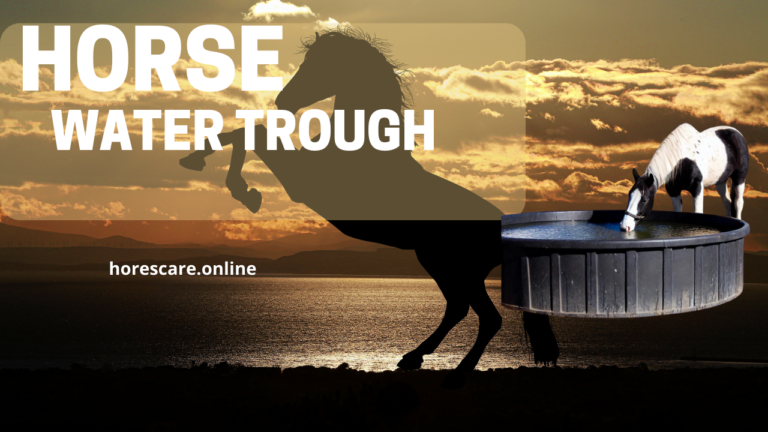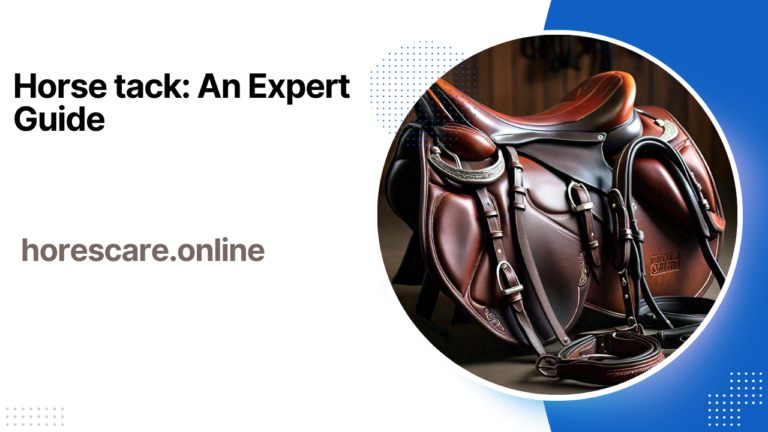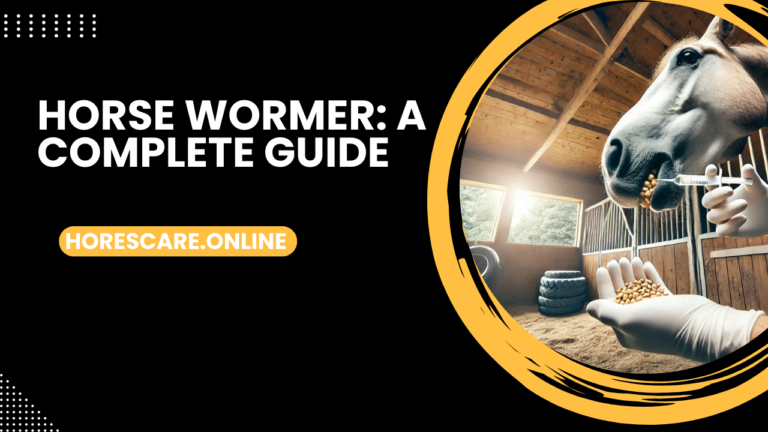Horse Shoes: A Complete Guide
Horseshoes have been important in equine culture for centuries, symbolizing good luck in many cultures. Historically, they were made of iron to protect hooves and help horses work on various terrains.
In ancient Greece, horses were crucial in warfare, and horseshoes ensured their effectiveness. Over time, different cultures developed their own methods of shoeing to meet specific needs.
Horseshoeing Theories and Debates
The debate over horseshoeing includes those who favor traditional horseshoes for protection and others who support natural horsemanship methods.
Both sides have scientific backing. Additionally, understanding how horseshoeing affects overall care, such as horse stall maintenance, is crucial for a horse’s health.
Traditional Horseshoeing
The traditional method involves nailing a metal shoe to the hoof, considered the most reliable for preventing damage on tough terrain.
Additional Care
Proper care, such as using a horse blanket during harsh weather, can help mitigate potential risks.
Horseshoeing Alternatives
Glue-on Shoes
Glue-on shoes have become a popular, less invasive alternative to traditional horseshoes, especially for horses with sensitive hooves or recovering from injury.
These temporary shoes are attached using adhesive and provide protection without the pain of nailing. A properly fitted horse bridle can also improve comfort and performance during transitions between care types.
Wooden Shoes
Wooden shoes, though less common today, are made from hardwood and used in specific conditions like cold climates or soft terrain. They allow flexibility while offering protection and are easier to replace and repair than metal shoes.
Hoof Boots
Hoof boots, made of durable materials like rubber or synthetic composites, fit over the hooves to provide protection during riding or trail walking.
Their removable and replaceable design makes them a flexible alternative to traditional horseshoes, especially for horses in horse riding classes or those in training.
Maintaining Horse Shoes
Proper horseshoe maintenance is crucial for a horse’s health. This includes regular inspections for wear or damage, ensuring proper fit, and trimming hooves to prevent overgrowth, which can lead to discomfort or injury.
Categories of Horseshoe Maintenance
- Regular Inspections:
Check shoes for loose nails, cracks, or wear. Ensuring they are secure and intact will prevent injury. - Trimming:
Regular trimming helps prevent uneven wear on the shoes and promotes balanced hoof growth. - Fitting Adjustments:
Shoes should be adjusted based on the individual horse’s movement patterns, workload, and the terrain it walks on.




